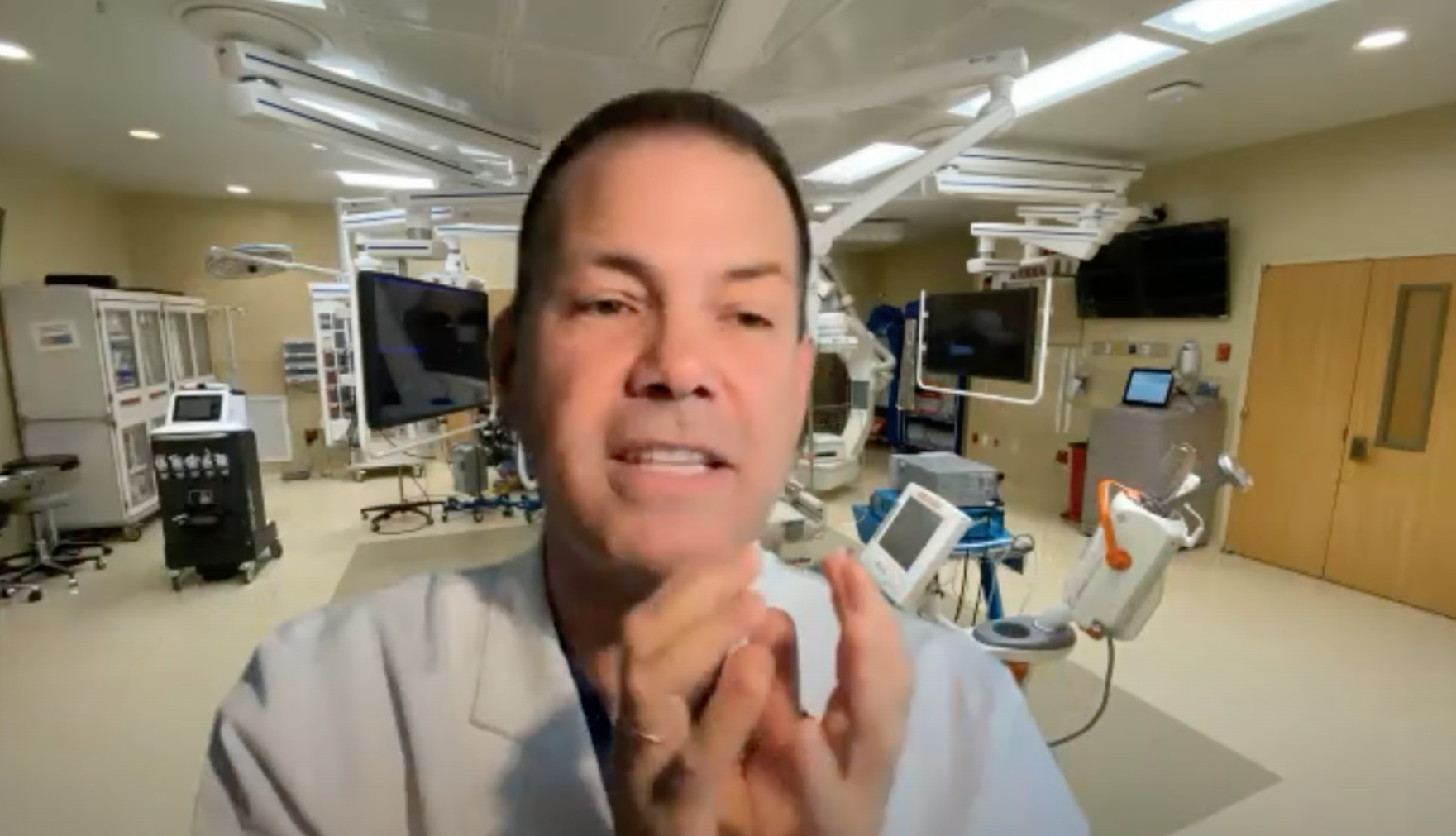The Medical Students Channel
February 28, 2012 • Medical Students, Nurses/NP/PA, Reuters Health • The Doctor's Channel Newscast, Surgery
NEW YORK (Reuters Health) – A review suggests that wound-edge protection devices (WEPDs) may be useful in surgical patients, UK researchers report in a January 26th on-line paper in the Annals of Surgery. Further study is now being conducted.
“Our research,” Dr. Melanie Calvert told Reuters Health by email “suggests that WEPDs may be effective in reducing surgical site infection rates in patients undergoing open abdominal surgery. However the evidence is based on a number of relatively small studies whose methodology could lead to potentially biased results.”
Dr. Calvert of the University of Birmingham and colleagues note that surgical site infections are associated with considerable morbidity, and extended hospital stay. This reportedly can increase health care costs by as much as $6200 in the US and by more than double that amount in the UK.
Among measures that can help reduces such infection are appropriate antibiotic prophylaxis, hand decontamination, skin preparation, sterile gowns and so forth. Postoperative surveillance can also be of use.
WEPDs have also been employed for more than 40 years, but have not been promoted in major clinical guidelines. These guards create a physical barrier between the abdominal incision edges and viscera, visceral contents, and contaminated instruments and gloves. Co-researcher Adrian Gheorghe told Reuters Health by email that depending on their size they cost between 10 and 15 pounds.
To evaluate what is known about their effect, the researchers reviewed data from 12 prospective studies involving 1933 patients. Ten were randomized and controlled and 2 were controlled.
Compared with standard care, use of WEPDS appeared to reduce the risk of infection in open abdominal surgery. The pooled risk ratio under a random effects model was 0.60, suggesting, say the investigators “a potentially significant benefit.”
Nevertheless, they add that the studies were “at a considerable risk of bias.” There was also little consistency in details of the intervention or in the definition of a surgical site infection.
The team calls for further studies, and in fact, Dr. Calvert concluded that “We are currently undertaking a large multicentre trial (http://www.haps.bham.ac.uk/rossini/) to provide robust evidence on the effectiveness and cost-effectiveness of WEPDs.”
Source(s):
Systematic Review of the Clinical Effectiveness of Wound-edge Protection Devices in Reducing Surgical Site Infection in Patients Undergoing Open Abdominal Surgery
Annals of Surgery 2012






